 Classic two-man SDV of the Cold War
Classic two-man SDV of the Cold War




 This one of the most widely recognized Swimmer Delivery Vehicles (SDVs) of the Cold War, and is best known as the Ronilica R-2, preferred mount of Yugoslavia’s commando frogmen unit the 82 Maritime Center. The original design is in fact French, and it served with the US Navy UDT and SEALs as well as being exported, from Yugoslavia, to Sweden, Syria and Libya.
This one of the most widely recognized Swimmer Delivery Vehicles (SDVs) of the Cold War, and is best known as the Ronilica R-2, preferred mount of Yugoslavia’s commando frogmen unit the 82 Maritime Center. The original design is in fact French, and it served with the US Navy UDT and SEALs as well as being exported, from Yugoslavia, to Sweden, Syria and Libya.
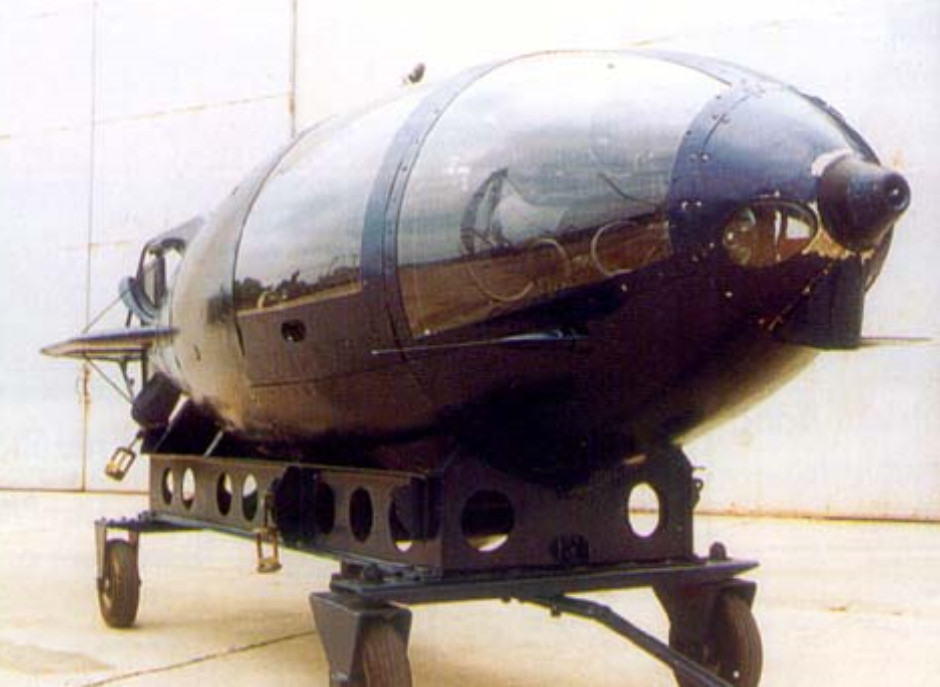
Cold War Ronilica R-2 above, and more recent improved R-2M Mala below:
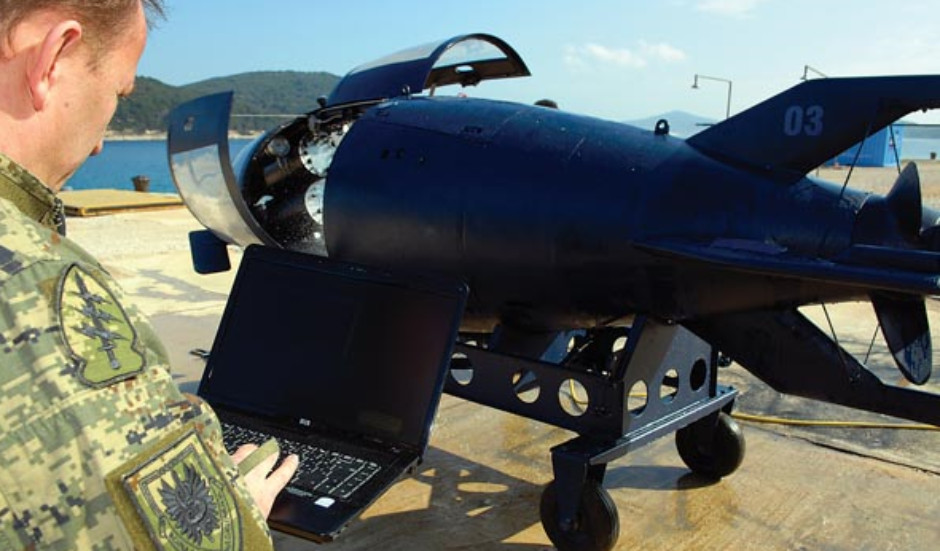
Rebikoff PR-77
 French underwater adventurer and inventor Dr. Dmitri Issaievitch Rebikoff was a pioneer in SDV technology during the '50s and '60s. Born in France to Russian parents, his family fled from the communists; his grandfather who had helped the Tsar build his air force was assassinated by the KGB. During WW2 he was sent to German labor camps. After the war he set about studying at a top university and a few years later, in 1947, invented the Electric Flash. This allowed high-speed cameras, for example photographing a bullet leaving the barrel of a gun. It also enabled underwater photography but there were not the means for scuba divers to carry such bulky devices so he invented an underwater scooter as a photographic platform. Known as the Pegasus, became one of the first SDVs. This was noted for its high quality of engineering and high performance and agility; with large hydroplanes it literally flew underwater.
French underwater adventurer and inventor Dr. Dmitri Issaievitch Rebikoff was a pioneer in SDV technology during the '50s and '60s. Born in France to Russian parents, his family fled from the communists; his grandfather who had helped the Tsar build his air force was assassinated by the KGB. During WW2 he was sent to German labor camps. After the war he set about studying at a top university and a few years later, in 1947, invented the Electric Flash. This allowed high-speed cameras, for example photographing a bullet leaving the barrel of a gun. It also enabled underwater photography but there were not the means for scuba divers to carry such bulky devices so he invented an underwater scooter as a photographic platform. Known as the Pegasus, became one of the first SDVs. This was noted for its high quality of engineering and high performance and agility; with large hydroplanes it literally flew underwater.
Rebikoff soon turned to a more capable two-man design which became the PR-77. This was one of the first viable two-man enclosed SDVs, entering production in the early 1960s.
The two-man crew sat side-by-side in a curving teardrop hull, looking out through a framed Plexiglas nose. The hull was aluminum with a spherical pressure vessel housing the batteries in the middle, exactly on the center of gravity (COG). Below and slightly behind the seats were the pressurized air tanks for onboard breathing.
US Navy operation: SDV-Mk6
 Rebikoff formed a strong working relationship with famous UDT officer Cdr Francis Douglas Fane and, after he emigrated to America, his craft were enthusiastically adopted by the US Navy UDT and SEALs. The main product was the Pegasus single-man scooter (termed T-14 in US Navy service), but several PR-77 were purchased and known as Phaeton.
Rebikoff formed a strong working relationship with famous UDT officer Cdr Francis Douglas Fane and, after he emigrated to America, his craft were enthusiastically adopted by the US Navy UDT and SEALs. The main product was the Pegasus single-man scooter (termed T-14 in US Navy service), but several PR-77 were purchased and known as Phaeton.
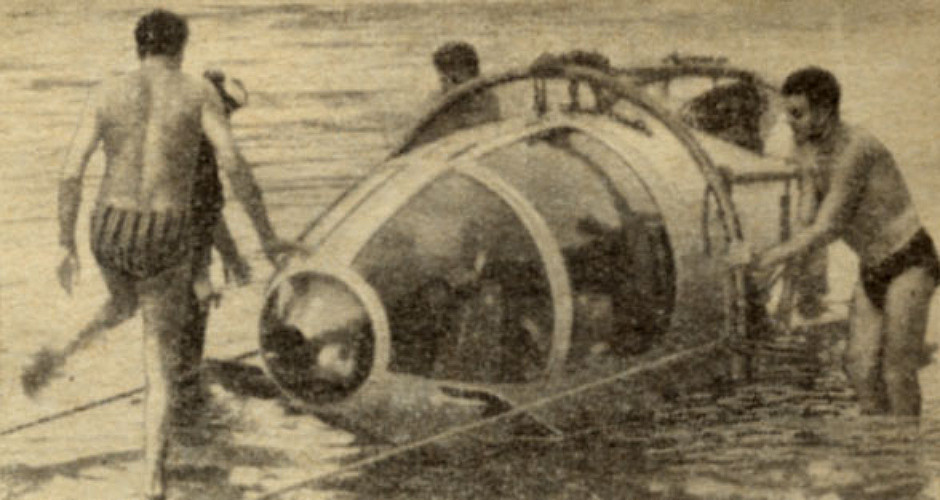
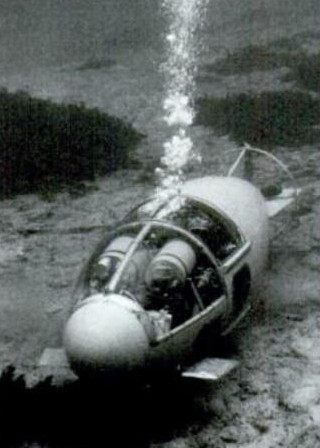 The PR-77 caught the attention of the USN and a team from the Navy Mine Defense Laboratory visited France to test it. They liked what they saw and purchased a copy which was transported back to the US, where the UDT became familiar with it also. Unlike the Italian Seahorse and TRASS designs where the crew sat one behind the other, the PR-77 was a side-by-side design which offered operational advantages with two pairs of eyes looking forward and easier communication between the crew.
The PR-77 caught the attention of the USN and a team from the Navy Mine Defense Laboratory visited France to test it. They liked what they saw and purchased a copy which was transported back to the US, where the UDT became familiar with it also. Unlike the Italian Seahorse and TRASS designs where the crew sat one behind the other, the PR-77 was a side-by-side design which offered operational advantages with two pairs of eyes looking forward and easier communication between the crew.
The PR-77 was characterized by very clean lines with a streamlined teardrop hull and framed Plexiglas nose that offered excellent forward visibility, although the crew had to peer around a mass of large pressurized instrument containers. With some modification to the motor it was capable of up to 8kt submerged speed which was probably the record at the time. Loral were not developing the Phaeton further as Dimitri Rebikoff had left the firm by 1964 but development continued under the Navy as the basis of the first ‘Swimmer Delivery Vehicle’, the Mk.VI (Mk.6).
The Mk.VI was a gutted PR-77 rebuilt from the inside out with a range of experimental systems. The clamshell Perspex doors of the PR-77 prevented it from being driven on the surface with them open so a new single sliding canopy covered both seats. The rear was also redesigned with triangular fins mounting square-cut rudder and hydroplanes. It was a small detail, but the relative sizes and position of the rudder and rear hydroplane were reversed, with a notch out of the rudder allowing the single-piece hydroplane to be much larger. Another military detail was that the frogmen were now protected from the propeller by a small shroud.
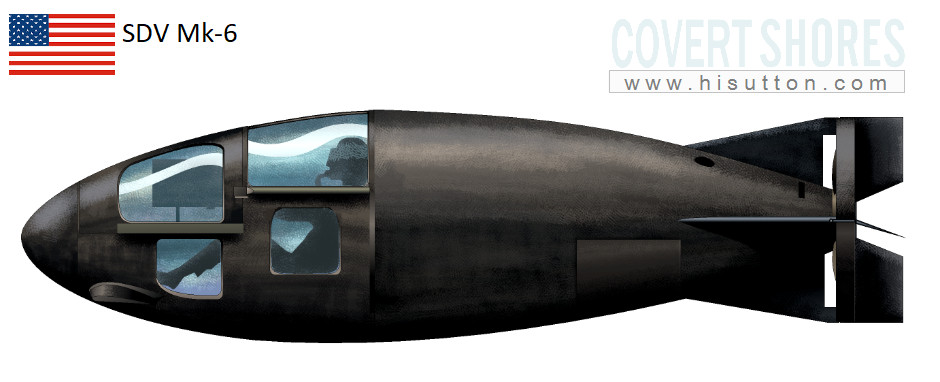
After SDV development switched to the SDV Mk.7 design, the SDV Mk.6 was used as a testbed. It was extended to carry four men and a completely new tail configuration, much more like a submarine, was fitted:
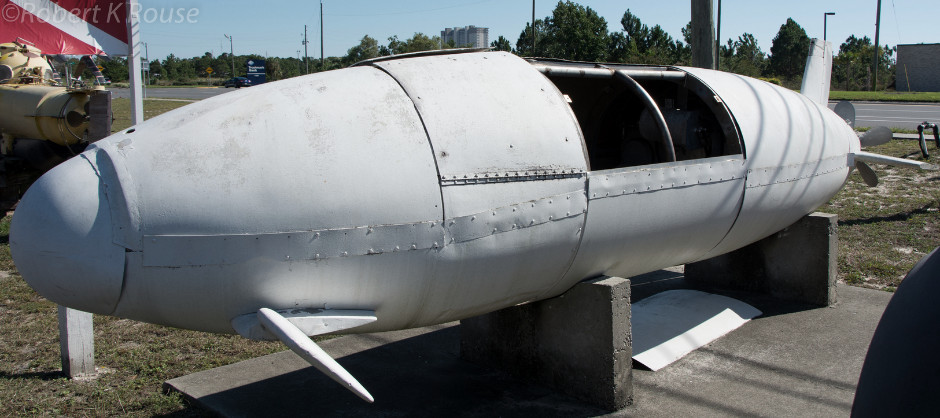
copyright Paul K Rouse
Yugoslav R-2
 Yugoslavia acquired at least one civilian PR-77 wet sub from France (alongside Rebikoff Pegasus one-man scooter) and evolved the design into the Ronilica R-2.
Yugoslavia acquired at least one civilian PR-77 wet sub from France (alongside Rebikoff Pegasus one-man scooter) and evolved the design into the Ronilica R-2.

Initially there had no indicator to tell the crew whether they were working but that was eventually rectified. Compared to the original civilian specification PR77, the military R2 uses Silver-Zinc batteries for better range which were arranged with the recharging point was reversed to face aft away from the crew. Battery cell instruments were added to the bulky dashboard which already obscured forward visibility. The obligatory obstacle avoidance sonar was added on the nose as was a depth gauge and spotlights for overt operations. Sandwiched between the battery and the motor was a narrow storage box which could accommodate two 50kg charges and could be accessed from either side. The ‘butterfly’ canopy doors have been something of a discussion point among observers because unlike types with sliding doors, the R2 could not be driven with the canopy open. They are distinctive in
that the port one hinges at the bottom, and the starboard one hinges at the top. It is also hypothesized that if the sub rests on the seabed at an extreme angle or upside-down the crew would not be able to escape. R2 crew were not very concerned with this as the ballast ensured that it always floated the right way up.

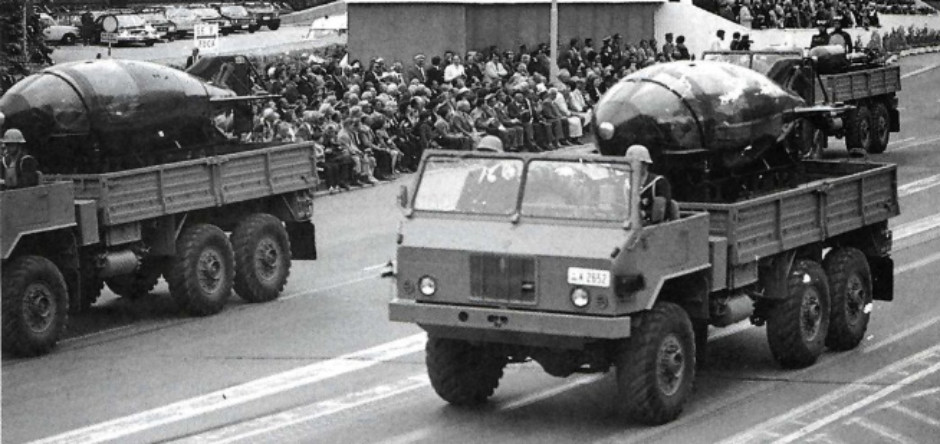
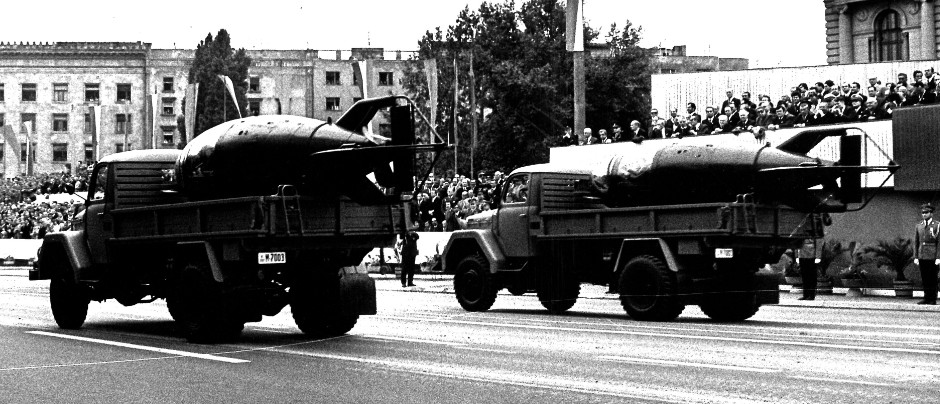
Like wet-subs in most countries the real weakness of the R2 was getting it close enough to the target to be useful. The above scenario applied to the Neretva class, which could carry the R2, but not later classes. In training the R2s could be launched from the dock or a patrol boat, usually the small patrol boat PB201, unofficially called “Pueblo”, which could carry two R2s and was equipped for charging and maintenance, and which served as a submersible tender.
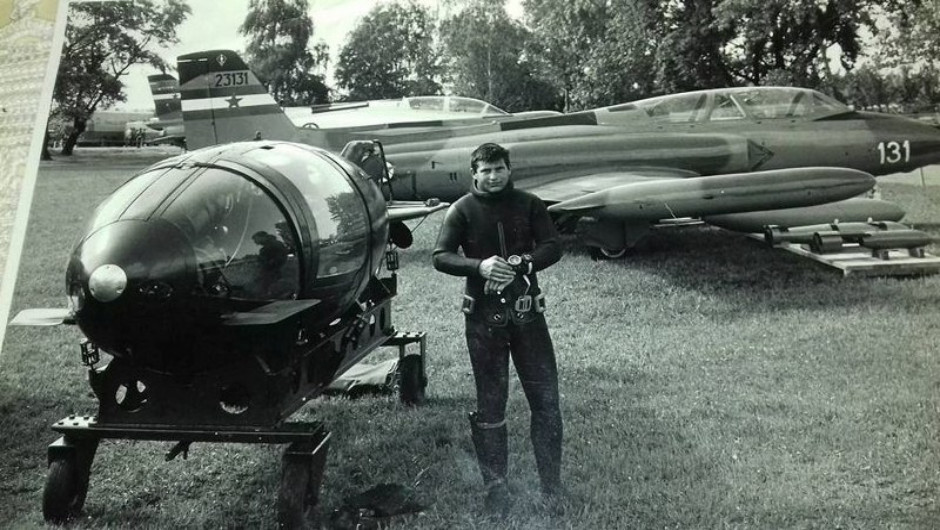
In wartime however it was expected that either a larger submarine or suitably disguised vessel would be used as a mother-ship to get the R2s within range of the target. Initially the Neretva class submarine was used to carry two R2s in tandem externally on the long aft casing. The submarine was already slow, but speed with the R2s was limited to just 4kt. Later the Sava class that took up the R2 delivery role. The second of the class, Drava, was tested with an external frame to carry two side-by-side. The rig was wide enough to allow a person to pass between the two craft. This configuration increased hydrodynamic drag, and limited speed and depth to avoid damage to the R2s – in the event the R2s vibrated so much that speed was limited to 4kt like the Neretva else the craft might be damaged or break free.
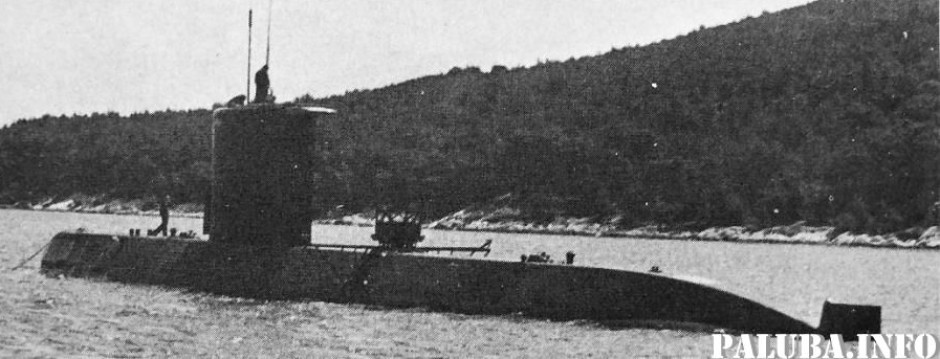
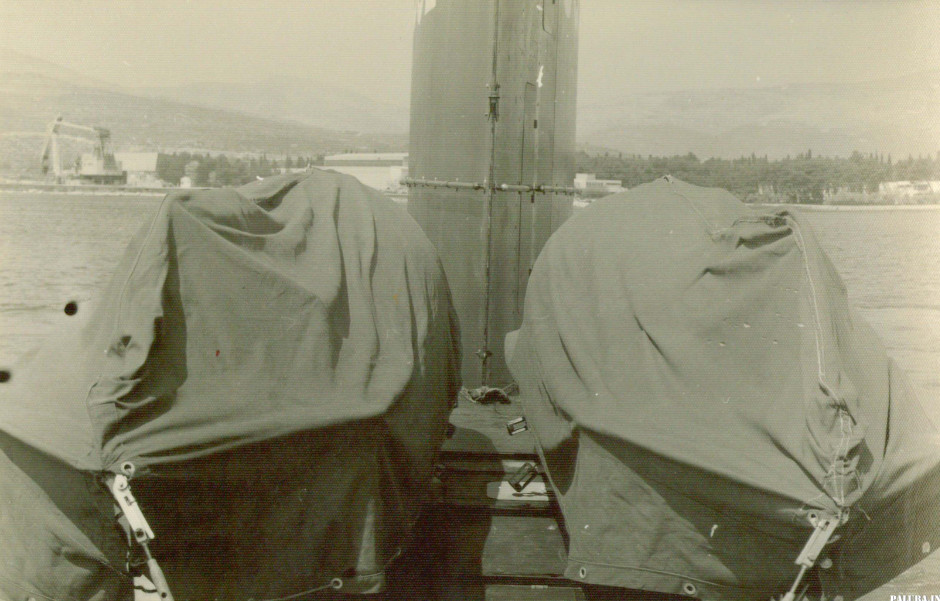
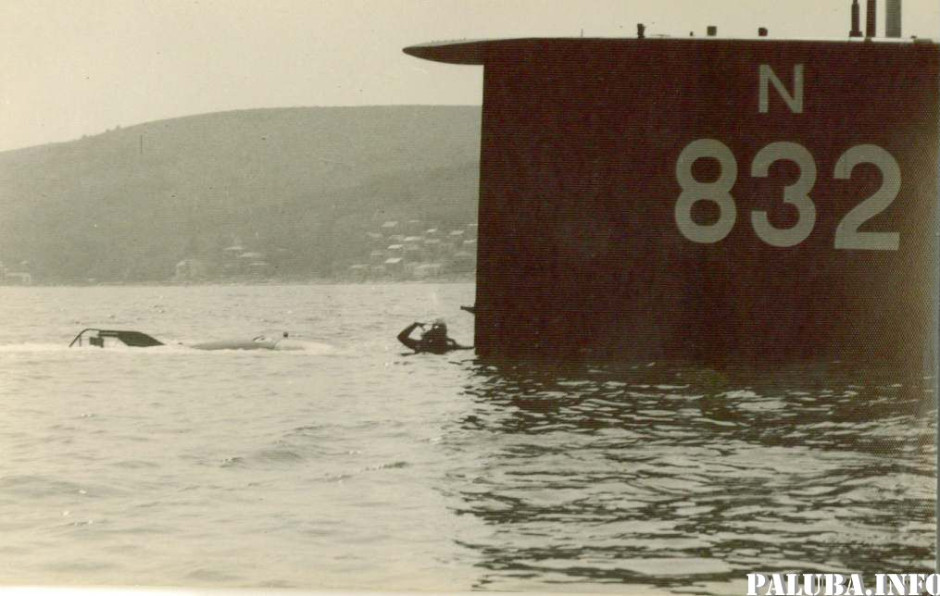
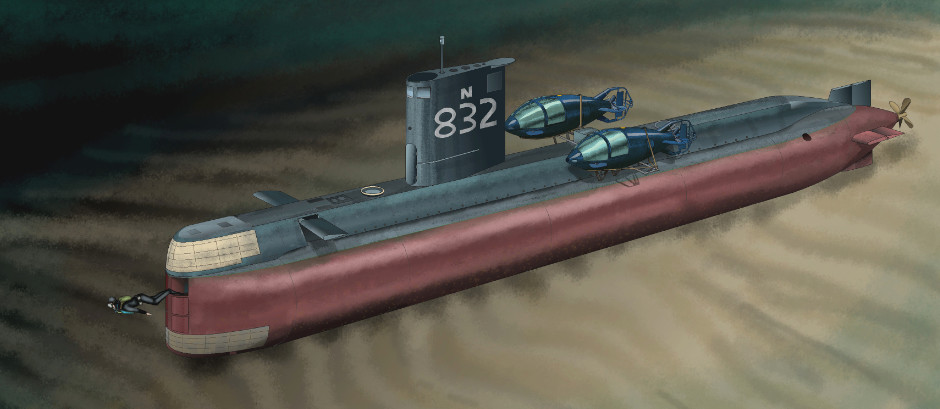
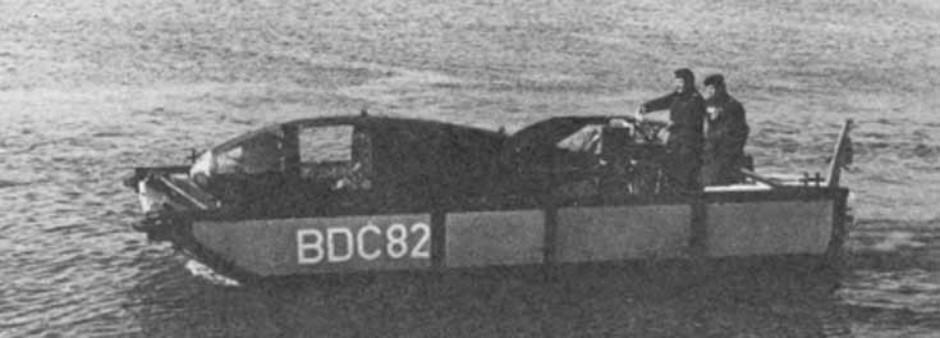
Get The essential guide to World Submarines
This Covert Shores Recognition Guide Covers over 80 classes of submarines including all types currently in service with World Navies.Check it out on Amazon
R-2 in Swedish service
 During the Swedish Submarine Scares of the 1980s the Swedes et about rebuilding their midget submarine capability which had been lost with the retirement of the X-Craft HMS Spiggen in 1970. A primary purpose of this new force was testing Swedish defenses and training local forces at countering suspected Soviet midget submarines operating in Swedish waters.
During the Swedish Submarine Scares of the 1980s the Swedes et about rebuilding their midget submarine capability which had been lost with the retirement of the X-Craft HMS Spiggen in 1970. A primary purpose of this new force was testing Swedish defenses and training local forces at countering suspected Soviet midget submarines operating in Swedish waters.
The first purchases were an R-1 single-diver scooter and R-2 two-man SDV from Yugoslavia which were delivered in 1984. At this time Yugoslavia was warming to the West and was technically neutral like Sweden, and was among the larger markets for Swedish defense technology. The Yugoslav SDVs were employed testing defenses, which they found to be somewhat lacking. Whereas the X-Craft had been moved around the country by rail, the Yugoslav craft were small enough to be launched straight out of the back of a civilian truck. They drove up to a quiet idyllic inlet among the holiday homes, reversed the truck up to the water and offload the SDV as if it were a private boat. Using this ruse in order to get the craft within range of the exercise area, the elite A-Dyk Special Forces found that they could come and go as they pleased and were only rarely detected. They also experimented with carrying the R2 on the back of Sjoormen Class and Nacken Class submarines.


The R-2 was modified for Swedish operations including blacked-out cockpit glazing and additional instruments, partly for safety reasons:
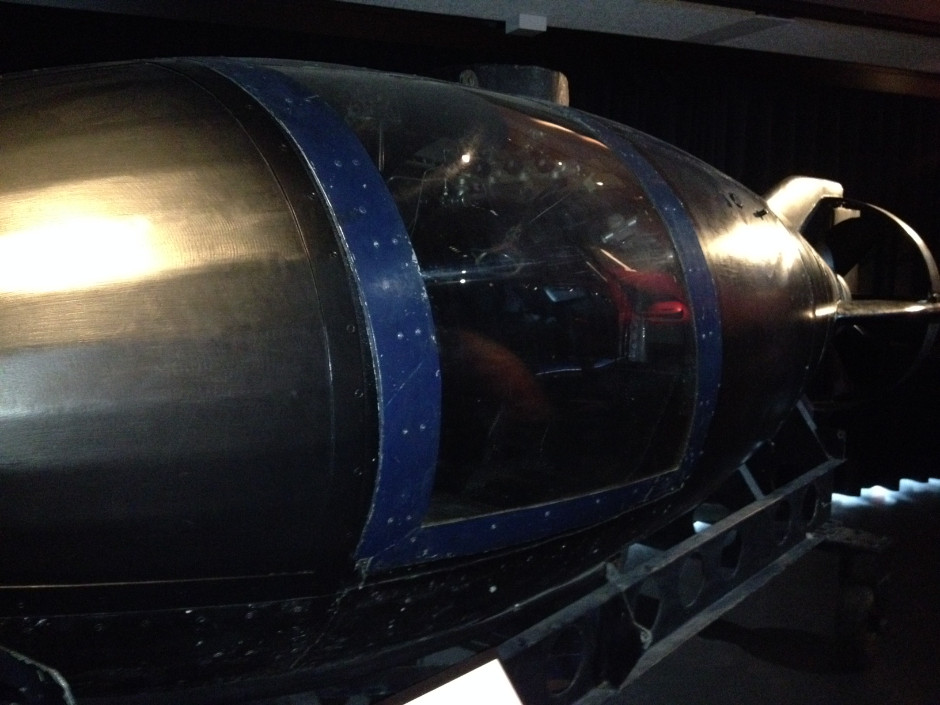
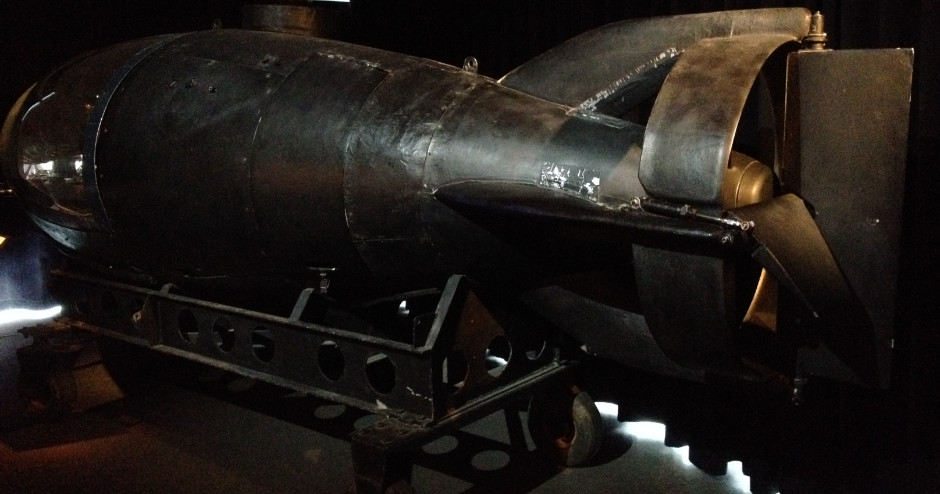
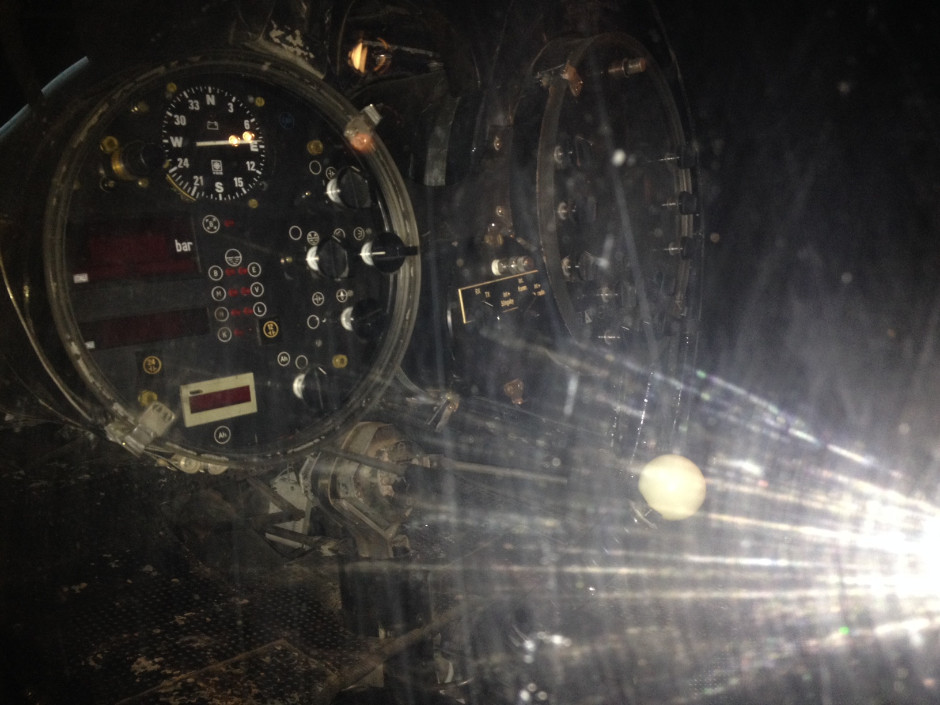
Advanced R-2 concepts
There were several improved R2 concepts, generally using X=form tail surfaces. These appear to be Yugoslavian rather than later Croatian plans (correction welcome):
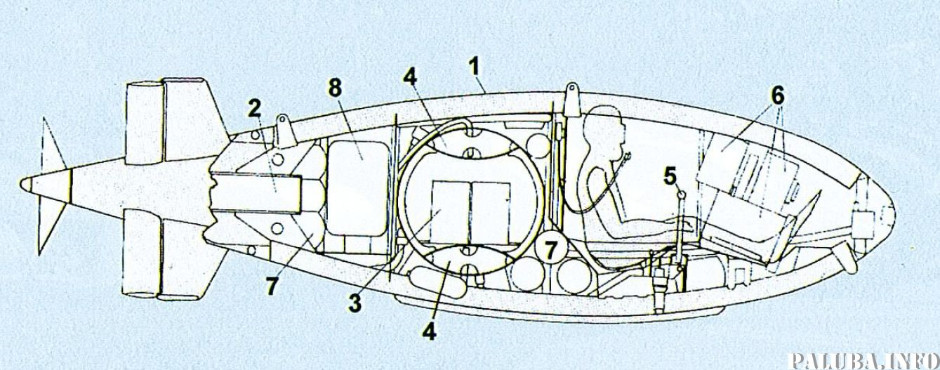
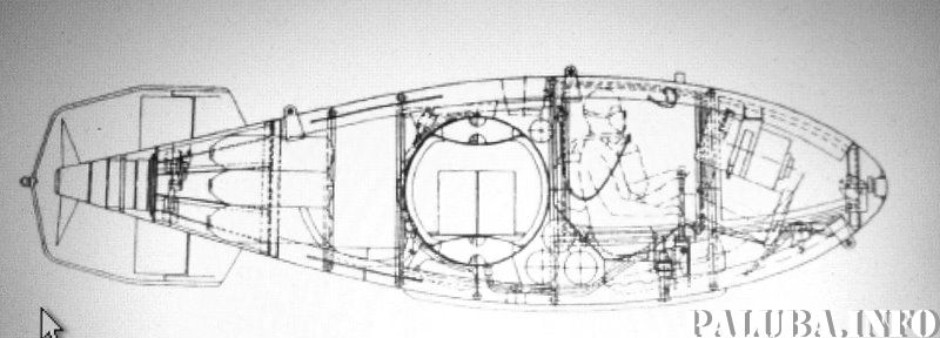
R-2M Mala
 After independence from Yugoslavia, Croatia continued development of the R-2. The R-2M Mala (modified) has been demonstrated which is essentially an R2 with generic updates such as improved instruments, slightly higher maximum speed (although the same cruising speed of just 3.7 knots) and increase transit depth.
After independence from Yugoslavia, Croatia continued development of the R-2. The R-2M Mala (modified) has been demonstrated which is essentially an R2 with generic updates such as improved instruments, slightly higher maximum speed (although the same cruising speed of just 3.7 knots) and increase transit depth.
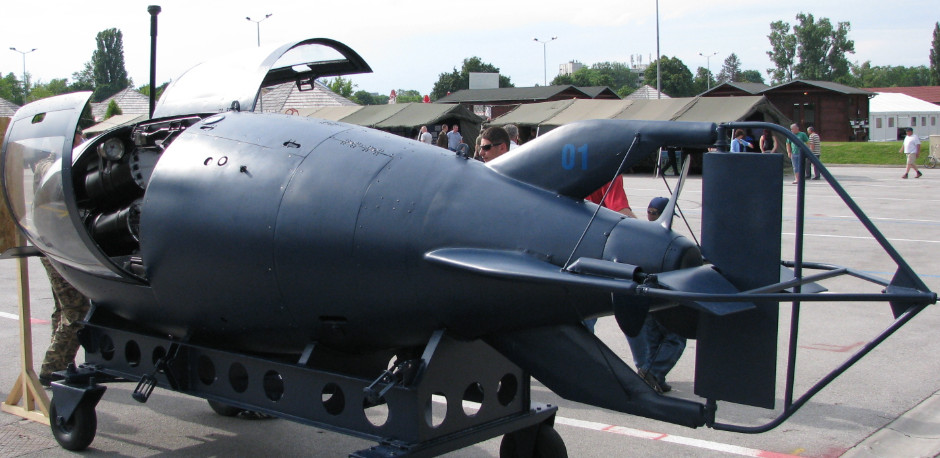
Comparrison of cockpit instrumentation. Upper: R-2. Lower: R-2M Mala:
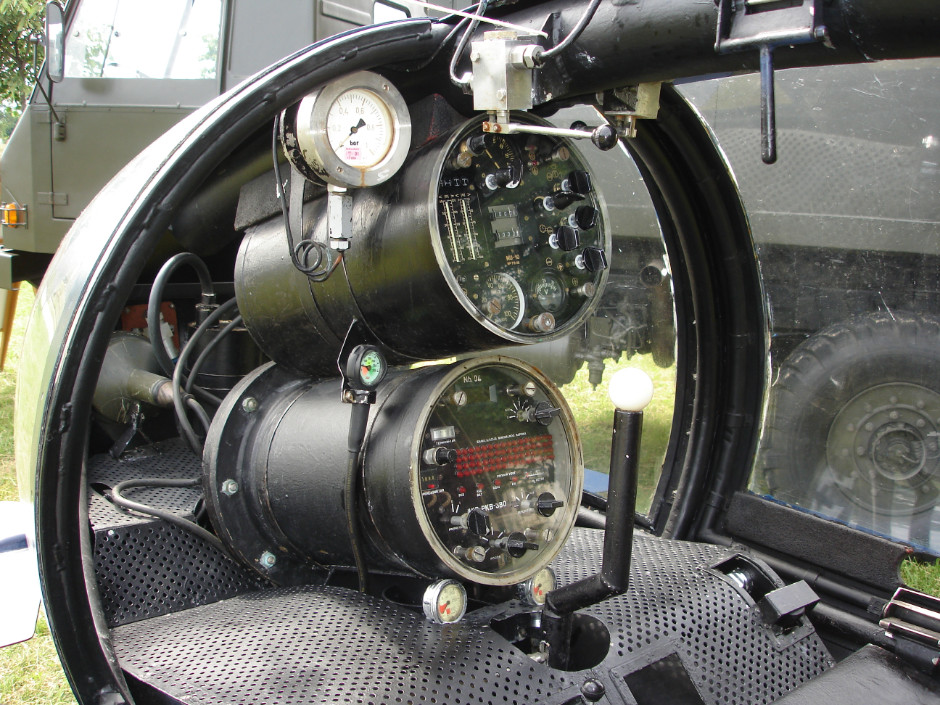
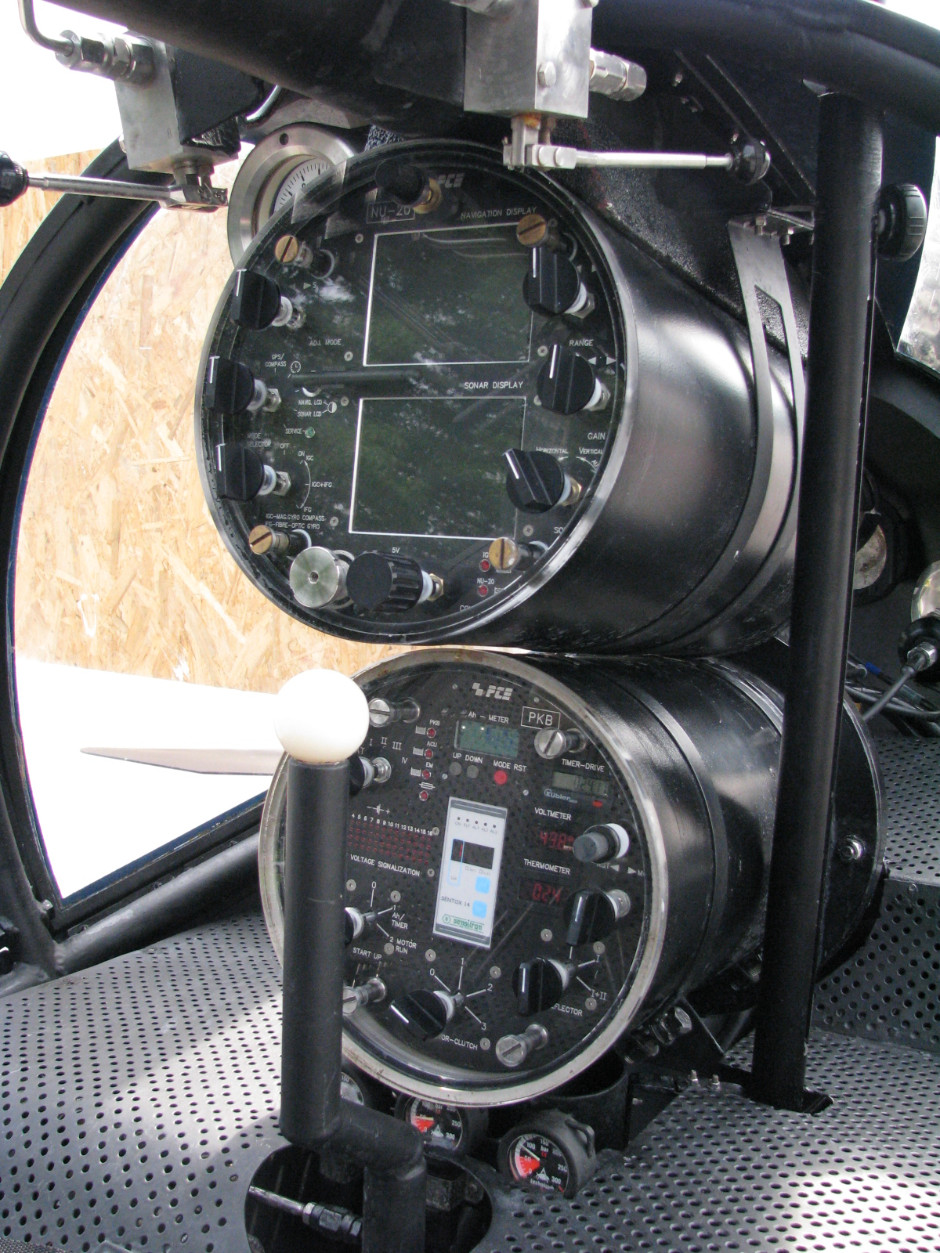
4-man SDV
 In the mid-70s Rebikoff marketed a four seat version of the PR-77 (by then called the DR-177 Jonah) as the DR-387. It does not seem to have been built:
In the mid-70s Rebikoff marketed a four seat version of the PR-77 (by then called the DR-177 Jonah) as the DR-387. It does not seem to have been built:
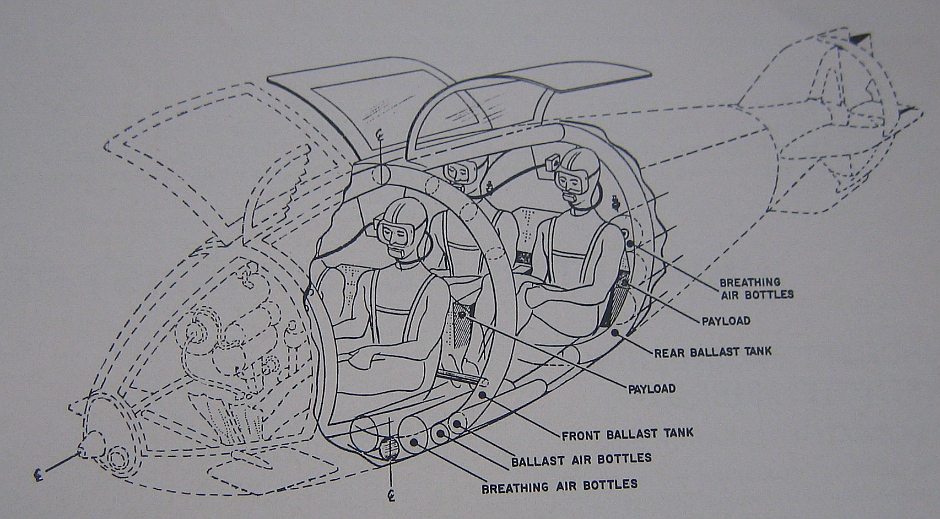
Related articles (Full index of popular Covert Shores articles)


 Yugoslav X-Craft (R-3E / 911 Class)
Yugoslav X-Craft (R-3E / 911 Class)

 Sweden's nuclear powered submarine project (A-11A)
Sweden's nuclear powered submarine project (A-11A)

 SDV Mk.9 SEAL Delivery Vehicle
SDV Mk.9 SEAL Delivery Vehicle

 DGSE's SDVs
DGSE's SDVs

 Sphyrene and Coryphene SDVs
Sphyrene and Coryphene SDVs

 COMSUBIN's submersible boat
COMSUBIN's submersible boat

 Cos.Mo.S CE2F chariot
Cos.Mo.S CE2F chariot

 SWUV (/ PSM3G) advanced SDV
SWUV (/ PSM3G) advanced SDV

 Naval Spetsnaz in Hybrid Warfare (Russian SDVs and DPVs)
Naval Spetsnaz in Hybrid Warfare (Russian SDVs and DPVs)


 Marex Type-A (A2, A4, A5, Comex Total-Sub-01) SDVs
Marex Type-A (A2, A4, A5, Comex Total-Sub-01) SDVs

 Polish Blotniak SDV
Polish Blotniak SDV


 EMT FWS-1 to -5 Barracuda SDVs
EMT FWS-1 to -5 Barracuda SDVs

 Al-Sabehat 15 Swimmer Delivery Vehicle and related development
Al-Sabehat 15 Swimmer Delivery Vehicle and related development

